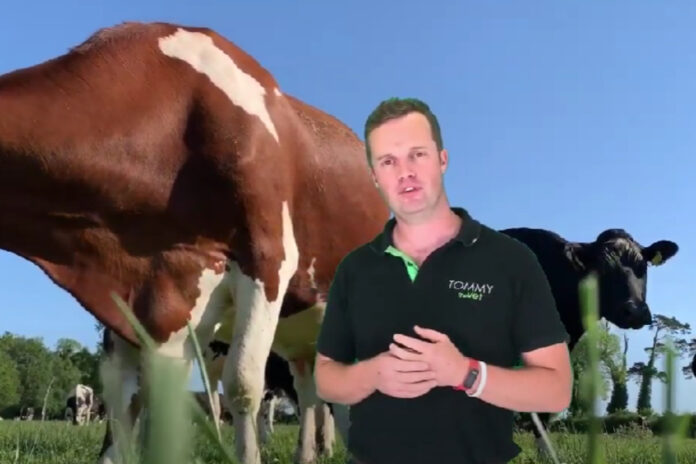Colostrum, feeding, hygiene, fresh air, calf comfort and space are the cornerstones of successful calf rearing, renowned vet, Tommy Heffernan believes.
During his recent ‘Being Brilliant at the Basics Winter Calf Health’ webinar 2023, ‘Tommy the Vet’, outlined why farmers should focus on these six key areas of calf health.
In a previous article, That’s Farming, summarised the veterinary consultant’s advice on colostrum and feeding, which you can read via this link, while this post focused on calf hygiene, this article is on fresh air/ventilation.
Calf Space
For the purpose of this news article, we will focus on calf space and again, this aspect of calving rearing revolves around one simple philosophy he commonly cites: “the time to fix a roof is when the sun is shining”.
During the virtual information session, Heffernan explained that “my most common challenge seen is not enough straw and too many calves in one space”.
He said farmers that requirements in drainage, space, straw requirements and air movement at calf level are paramount.
Commenting on the above factors, he said: “If we have poor drainage in sheds, is it something we need to do in advance of calves coming?”
“More straw solves a lot of problems. Depending on the availability and price of straw, that is an easier conversation to have, but it is still the ultimate insulator for calves.”
“I have seen woodchip, peat and different things being used, but nothing beats straw.”
“More space per calf is something that we definitely need to get right, along with air movement at calf level.”
He continued: “These are all investments in time, in terms of getting advice, a vet or advisor coming on-farm to get help to assess the calf shed. Remember, there is nothing like the cost of disease.”
“We very much look at the cost of disease and treatment, but it is the future lifetime performance that is lost by not focusing on these really important aspects.”
He concluded with the following message: “with calf sheds, it is about getting drainage right, loads of straw on a well-drained shed, giving calves plenty of space and trying to optimise air movement”.





